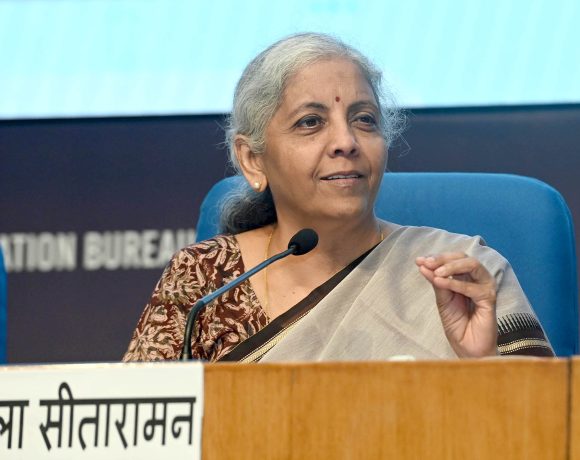
India’s Fertility Rate Falls Below Replacement Level
India’s fertility rate has dropped below the replacement level for the first time, even as the country’s total population reaches an estimated 1.46 billion in 2025. According to the latest data from the United Nations Population Fund, India’s total fertility rate now stands at 1.9 births per woman, falling beneath the 2.1 threshold considered necessary to maintain population stability in the long term.
India’s Fertility Rate at 1.9
This marks a significant demographic shift for the country, reflecting trends seen in many developing economies undergoing rapid socio-economic transformation. The decline in fertility is being driven by a combination of factors including delayed marriages, higher female education and workforce participation, urban migration, and increased access to contraception and family planning services.
Several states such as Delhi, Kerala, and Tamil Nadu are showing the sharpest declines, particularly among educated, middle-class urban populations. Analysts believe these trends are a result of lifestyle changes, greater career focus among women, and the rising cost of living, which is prompting couples to either delay having children or opt for smaller families.
Population Reaches 1.46 Billion
Even with the falling fertility rate, India continues to hold the position of the world’s most populous nation. The country’s population has now reached approximately 1.46 billion. While this may seem paradoxical, experts clarify that population momentum from previous decades—when birth rates were significantly higher—is still contributing to the growth.
This situation presents a unique policy challenge. On one hand, a lower fertility rate can ease the burden on infrastructure, education, and healthcare systems. On the other hand, it raises concerns about a future labour force shortage, increased elderly dependency, and the need to revamp retirement and health support structures.
Shaping India’s Demographic Future
India’s government has been actively promoting family planning through initiatives such as Mission Parivar Vikas, aimed at ensuring reproductive health services in high-focus areas. These efforts have played a role in accelerating the transition to smaller family norms.
While the declining fertility rate suggests a maturing demographic profile, it also places India at a crossroads. Policymakers must now prepare for a future where economic planning, workforce training, healthcare systems, and pension structures are all reshaped to reflect the realities of an aging, slower-growing population.
This demographic transformation may offer India a window of opportunity, often referred to as the “demographic dividend,” provided that investments in education, job creation, and skill development are prioritised. The path ahead will determine whether India can turn this population shift into an economic advantage or a looming challenge.


















